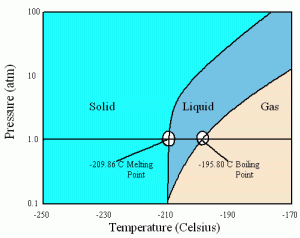This week, I experimented with agar agar and carrageenan, two principal ingredients in the technique gelification. Continuing my infatuation with desserts, I made banana gel with agar agar and chocolate custard with carrageenan.
I made the banana gel first, although my first attempt was unsuccessful. Anyways, I started with four simple ingredients: a banana, almond milk (some of my family is lactose intolerant), sugar, and agar agar.

Quality goods.
I pureed the banana in my handy dandy Magic Bullet and poured it into a small pot, along with 1/3 cup of milk and a teaspoon of sugar. I then added 1g agar agar, mixing it constantly to prevent clumping and to ensure proper dispersion.

On my first attempt, I got distracted for a second and the mixture was all clumped, so I added a little more milk. This proved to be a fatal error; that little bit of milk lowered the concentration of agar agar too much, so the mixture did not gel completely after being cooled. I realized this after I remembered reading that the concentration of a hydrocolloid (in this case agar agar) is directly proportional to the firmness of the gel. The gel I had created was not firm at all, to the point of being almost liquid.
My second attempt went much better because I made sure to keep stirring the mixture on the pot. I noticed that the mixture was thicker even while boiling, which I took to be a good sign. I molded the banana gel in two different ways. First, I took a syringe and pushed some of the mixture through a meter of plastic tubing. When it cooled, I was left with a flavorful banana noodle! I also poured it into a mini ice cube tray:

“How am I going to get it out of the tray…? Eh, I’ll figure it out.”
Getting the noodle out of the tube was easy. I just filled the syringe with air and pushed the noodle out (rather sloppily) onto a plate:

The ice cube mold was a little harder. I took the most slender knife I could find and traced around each gel mold until I was able to flip over the tray and have the gel fall out. The result:

I have no idea why it turned brown…
The gel wasn’t too firm, maybe about as firm as a banana. I stored it in the fridge and when I removed it, the gel was much firmer, more like hard ice cream.
Then, I made chocolate custard! Again, I started with four ingredients: 100g 70% dark chocolate, 35g sugar, 300mL almond milk, and 2g carrageenan.

I melted the chocolate and dissolved the sugar into the milk on the stove, then added the carrageenan:

The mixture seemed to get darker over time. I whisked it constantly, trying to incorporate as little air as possible.

I should be a hand model.
I poured the hot mixture into three ice cream dishes, cooling them to room temperature before storing them in the fridge. They set quite well, forming a creamy custard with an earthy, sweet flavor. There was an unexpected tinge to the taste, which I suspect is from the almond milk, since the carrageenan is tasteless.

It was really good. My next post will discuss hydrocolloids and the process behind gelification, which is actually very complex. Have a great day!










































